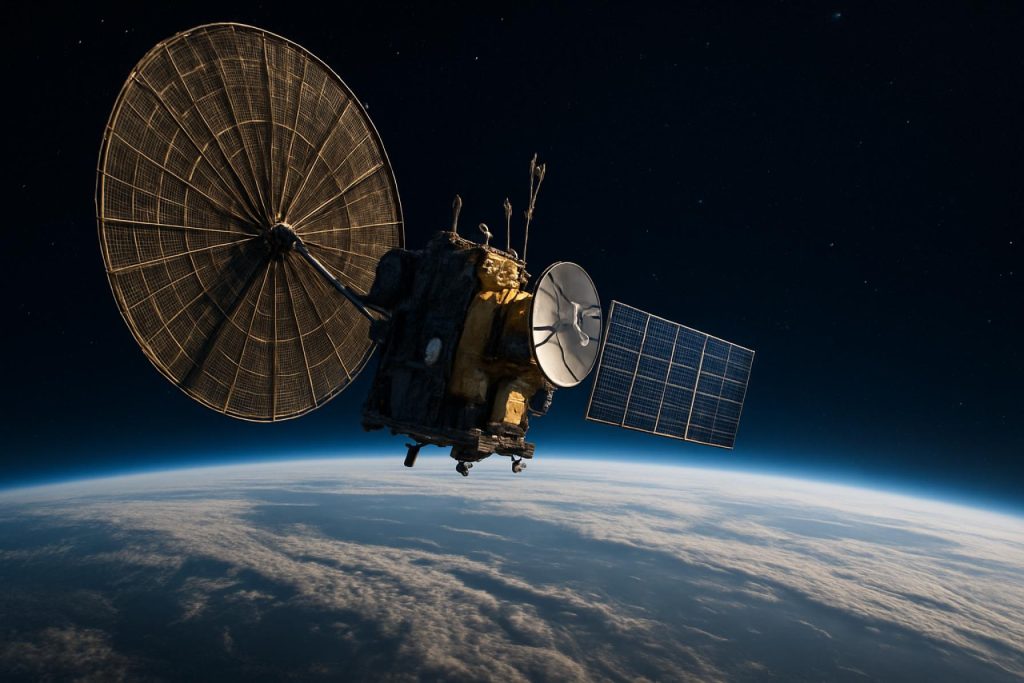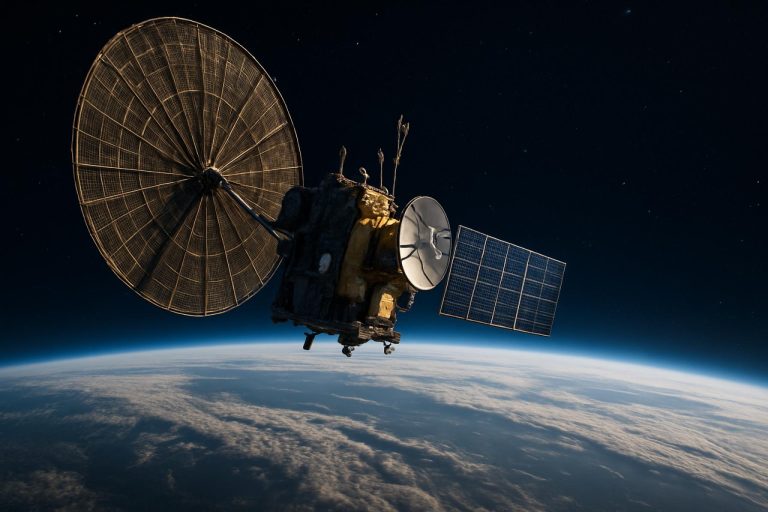
This Tiny Satellite Fleet Could Topple GPS: Meet the California Startup Racing to Make Navigation Jam-Proof by 2030
Xona Space Systems preps game-changing Pulsar satellites for launch, promising ultra-precise, jam-resistant navigation that outshines GPS.
• Xona plans 258 Pulsar satellites in low Earth orbit
• Signals will be 100x stronger than current GPS
• 3-inch (10 cm) accuracy is the target
• First Pulsar launch: June 2025
A silent revolution is launching into our skies. Later this month, a modest 150-kilogram satellite will blast off atop a SpaceX rocket, kicking off Xona Space Systems’ audacious plan to rewire navigation everywhere. The goal? Outperform the venerable US Global Positioning System (GPS)—and do it with technology built for modern threats and demands.
Xona’s new Pulsar satellites will orbit a mere 1,200 miles above Earth—12,000 miles closer than GPS. This proximity means signals that punch through obstacles, withstand interference, and deliver accuracy GPS simply can’t offer. The result? Geolocation so precise it can pinpoint you within three inches, even in the most challenging urban jungles.
Why Replace GPS—Isn’t It Good Enough?
Since 1993, GPS has been the invisible backbone of everything from your smartphone maps to global commerce. But its Achilles’ heel is vulnerability—GPS signals, transmitted from high-altitude satellites, are so faint by the time they reach the ground that even cheap jammers or solar storms can disrupt them. Recent geopolitical conflicts, especially in Ukraine, have sent alarm bells ringing as jamming and spoofing incidents surged, blinding drones and disrupting civilian flights near Russia’s borders.
With GPS under growing threat, NASA and private innovators are scrambling for stronger, more reliable solutions. Enter Xona’s Pulsar constellation—a leap forward in the race to protect positioning, navigation, and timing (PNT) services that keep the modern world ticking.
How Is This Technology More Secure?
Xona’s satellites send signals about 100 times stronger than GPS, making them much harder to jam or block. Unlike traditional global navigation satellite systems (GNSS) such as Europe’s Galileo, Russia’s GLONASS, or China’s Beidou, Pulsar satellites in low Earth orbit beam power directly to city streets and even deep inside buildings.
That robust connection doesn’t just resist criminal tampering—it could help autonomous vehicles stay perfectly in their lanes, enable safer drones in urban airways, and ensure military and critical infrastructure can keep moving even when the digital battlefield turns hostile.
Q: Who Is Leading the Next Nav Revolution?
Xona Space Systems, a California-based startup founded by Tyler Reid and Brian Manning, is at the vanguard. Motivated by the rapid rise of robocars from companies like Waymo and Uber, Xona’s founders realized that today’s self-driving cars need centimeter-level positioning to navigate safely in dense cities—a feat GPS simply can’t achieve alone.
They aren’t alone in the fight for better navigation. Companies like Anello Photonics and Advanced Navigation are exploring terrestrial solutions using advances in photonic and microelectromechanical systems. Even SpaceX’s Starlink is eyeing PNT services. Meanwhile, the defense titan Safran is developing PNT transfer via optical fiber, making disruption nearly impossible.
How Will Xona’s Pulsar Satellites Work?
Satellites in low Earth orbit require much larger fleets—hundreds strong—to provide continuous worldwide coverage. But with smaller, cheaper satellites and declining launch costs, the dream is now reality. Xona’s planned 258 Pulsar satellites will work alongside, not against, existing systems. Their signals will be compatible with standard GPS receivers, making integration seamless for manufacturers and users.
By 2030, when the full network is expected to be operational, just 16 satellites will already offer a dramatic performance boost. The upcoming Pulsar-0 launch is a crucial milestone—a high-stakes test of its anti-jamming and anti-spoofing prowess.
Q: What’s Driving the Urgency for Jam-Proof Navigation?
The urgency is global. GPS outages have repeatedly crippled major airports, from Newark to Dallas-Fort Worth and Denver, due to unidentified interference. Geopolitical risks and cheap, commercially available jammers threaten fleets, finance, civilian aviation, and even power grids. In border regions, GNSS jamming is now a weekly hazard for pilots and ship captains.
Xona’s robust low-orbit signals could become the digital glue holding together everything from global finance to next-gen robotics. Experts caution there’s no “magic wand”—solutions will require diverse tech and cooperation between nations and industries. But the coming wave of Pulsar satellites is a major step toward resilient, future-proof navigation.
How Soon Until This Navigation Revolution Arrives?
Xona’s Pulsar-0 launches this month as part of SpaceX’s Transporter-14 mission, following a successful demo in 2022. Four more satellites are planned for 2026, with massive scaling by 2030. Expect early benefits in sectors urgently demanding reliability—autonomous vehicles, smart cities, drone logistics, and military operations.
With signals 100 times stronger than GPS—and accuracy under 10 centimeters—our expectations for navigation are about to leap forward. GPS won’t disappear, but Pulsar is poised to become its indispensable partner, transforming how we move through the world.
Don’t Miss the Navigation Revolution!
- Watch for updates on the Pulsar-0 launch and follow SpaceX for live mission feeds.
- If you rely on navigation tech—autonomous vehicles, drones, logistics—get ready to upgrade to Pulsar-compatible receivers.
- Keep an eye on emerging partnerships between Xona, automotive giants, and drone manufacturers.
- Stay informed on the latest in satellite and navigation technology at ESA and NASA.



